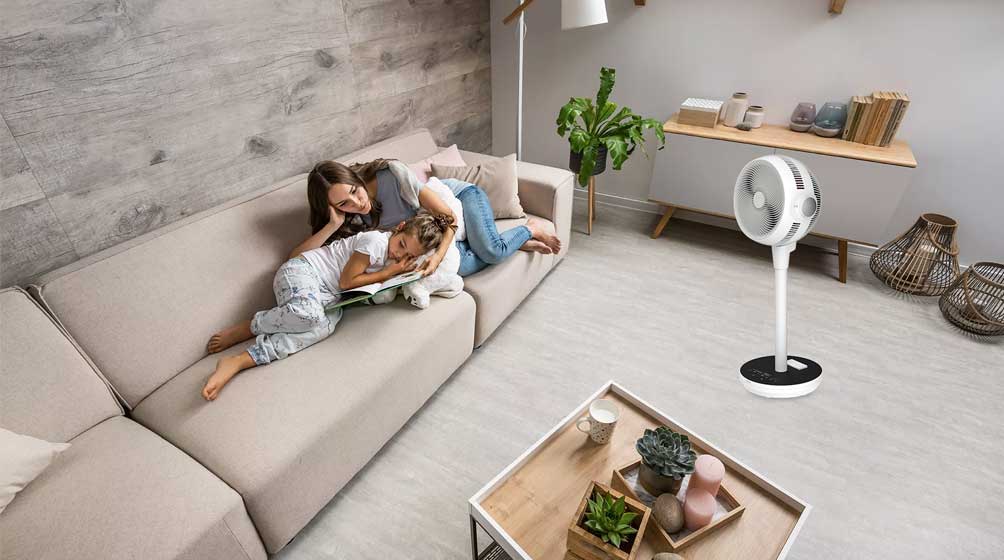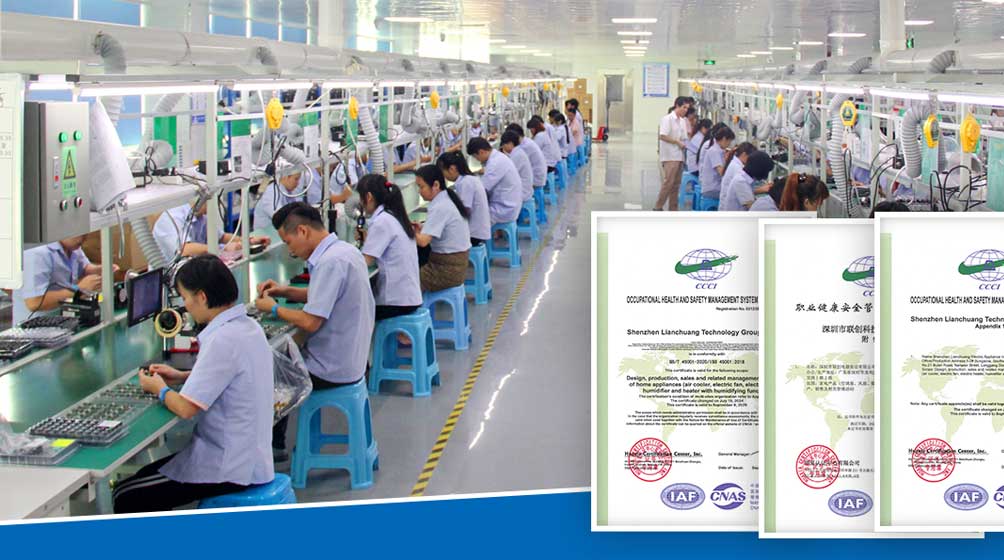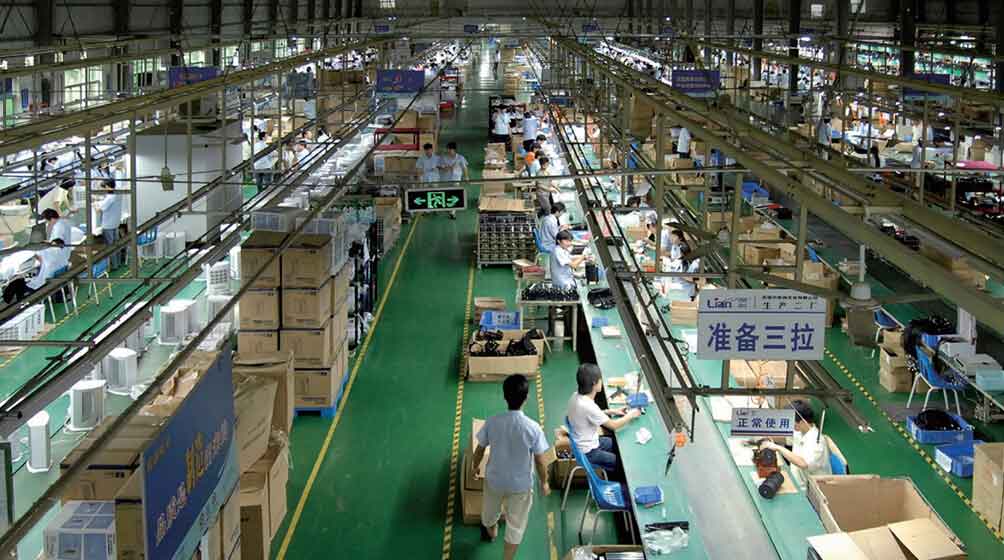Air purifier for home Recommended, Air purifier factory

LlianChuang

8955 views

February 19, 2025
As the global temperature continues to rise, all kinds of bad weather continues to increase, the global air quality problem is more and more severe, has been involved in the daily life of thousands of families, and everyone's requirements and standards for healthy life are getting higher and higher, but also promote the development of household air purifier, air purifier products sales are also getting higher and higher, so, Today we will share the types of household air purifiers, as well as air purifier factories.
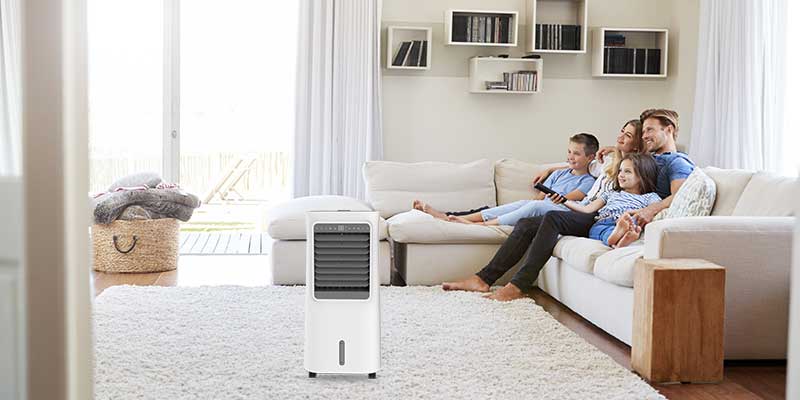
The evolution of household air purifiers
The evolution of the air purifier dates back to the 19th century, and its origins are closely related to the need to protect humans from harmful air pollutants.
Early attempts (1830) : Charles Anthony Dean invents an original protective device consisting of a copper helmet and piping to supply fresh air, originally designed for use by firefighters.
In response to radioactive contaminants during World War II, HEPA (High Efficiency Particulate Air) filters were developed in the United States, initially for laboratory and military use.
HEPA filters became commercially available in the 1950s, gaining attention for their efficient filtration capabilities.
In the 1980s, with the increasing demand for bacteria and virus removal, air purifiers began to integrate technologies such as photocatalysts and ultraviolet light to enhance the purification effect.
From the initial fire protection equipment to the modern high-tech air purification system, the development of air purifiers reflects the continuous improvement of people's pursuit of healthy quality of life, as well as the important role of science and technology in solving environmental problems.
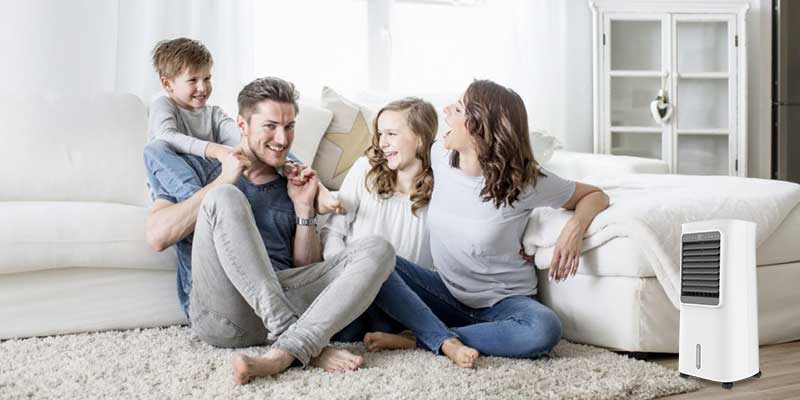
The working principle of air purifier
The working principle of an air purifier mainly revolves around several different technologies designed to remove pollutants from the air and improve indoor air quality. The following are the main methods of purification:
1. Passive adsorption filter type (passive)
Workflow: Indoor air is pumped into the purifier through a built-in fan, and the air passes through a multi-layer filter.
Type of filter:
Pre-filter: Remove large particles such as dust, hair.
HEPA filter: Efficient removal of particulate matter above 0.3 micron, such as PM2.5, bacteria, viruses.
Activated carbon filter: adsorption of formaldehyde, odor and other gaseous pollutants.
Features: rely on the filter screen, need to be replaced regularly, purification effect is affected by the quality of the filter screen.

2. Active release purification type (active)
Technical application: does not rely on the filter screen, directly release the purification factor to the air.
Purification factor:
Negative ions: Increase the negative ions in the air to help settle particulate matter.
Photocatalyst (TiO2) : breaks down harmful gases under ultraviolet light.
Silver ion, net ion group: has bactericidal effect.
Features: Can cover the whole room, but may produce a small amount of ozone.
3 Mix clean type
Combination method: use passive and active technology at the same time.
Advantages: Both filter large particles and partially gaseous pollutants through a filter screen, and treat a wider range of pollutants by releasing purification factors.
Overall effect: Provides more comprehensive air purification, but the maintenance cost and complexity are relatively high.
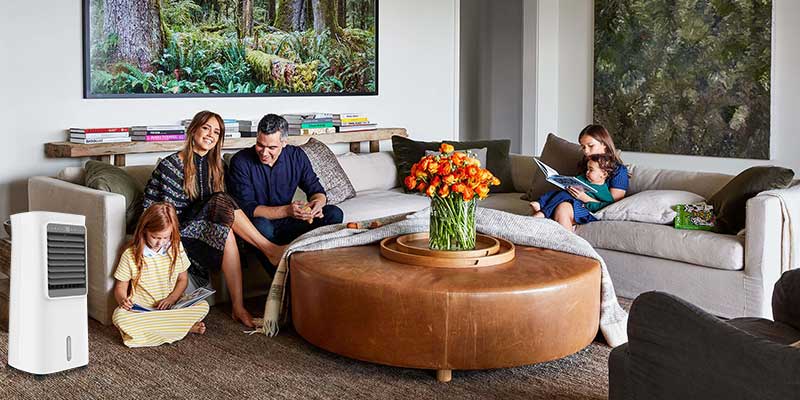
Details of the working mechanism
Fans and circulation: All types of purifiers include fans to promote air circulation and ensure the continuous passage of indoor air through the purification system.
Negative ion generator: Some models produce negative ions during the purification process to enhance the purification effect and improve the fresh air.
Ultraviolet disinfection: Some purifiers use ultraviolet lamps to kill bacteria and viruses in the air.
Through the combination of these technologies, air purifiers can effectively remove particulate matter, harmful gases, microorganisms, etc., in the air, improve indoor air quality and provide users with a healthier living environment. Different technologies have advantages and disadvantages, and users should choose the right air purifier according to their own needs.
Types of air purifiers
There are many kinds of air purifiers, mainly classified according to their working principle, technical characteristics and applicable scenarios. The following are several main types of air purifiers:
Passive purification class (filter purification class)
HEPA filter type: The use of high efficiency particulate air (HEPA) filter, effectively filter more than 0.3 microns of particulate matter, such as dust, pollen, smoke and some bacteria.
Multi-layer filter type: combined with pre-filter, activated carbon filter, etc., to remove large particles, odors and harmful gases.

Active purification type (no filter type)
Negative ion air purifier: release negative ions, so that the particles in the air are charged and settled, and may have a bactericidal effect.
Photocatalyst air purifier: Use ultraviolet light to activate photocatalyst materials to decompose harmful substances in the air, such as formaldehyde, benzene and so on.
Ozone generator: Produce ozone to disinfect sterilization, but need to be careful to use, excessive ozone is harmful to human body.
Double purification class
Combining the advantages of passive and active, both filter filter and active release purification factor provide comprehensive air purification.
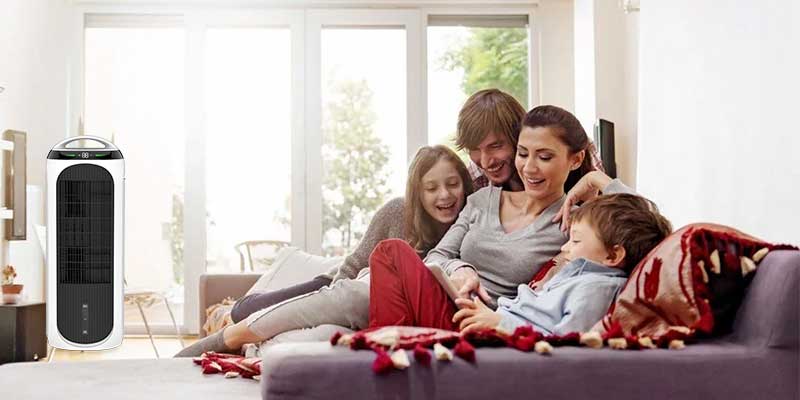
Classification by function
Basic aldehyde removal model: Specially strengthened to remove formaldehyde and other decoration pollutants.
Disinfection: Has the function of killing bacteria and viruses efficiently, suitable for hospitals, families with children or the elderly environment.
Mother and child model: The design pays more attention to gentle purification, reduce noise, and ensure the safety of infants.
Pet model: Designed for pet hair and odor, enhanced filtration of small pet dander and allergens.
Classification by technology
Mechanical filtration: Rely on physical filtration, such as HEPA filters.
Electrostatic dust removal: The use of electrostatic fields to trap particles.
Adsorption type: The use of activated carbon and other materials to absorb harmful gases.
Chemical reaction type: Removal of specific pollutants through chemicals.
Wash filtration type: The use of water as a medium to absorb pollutants in the air.
Sort by use scenario
Home air purifiers: Suitable for home environments with a focus on noise levels and aesthetics.
In-car air purifiers: Small and portable, designed for the interior of a car.
Industrial air purifier: powerful processing capacity, used in factories, laboratories, etc., to remove harmful gases and large amounts of particulate matter.
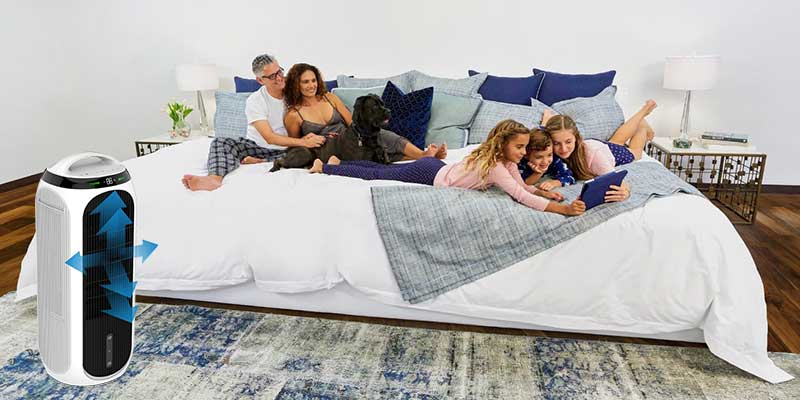
Air purifier for home Recommended
When choosing an air purifier, consider the type of indoor pollutants, room size, noise level, maintenance costs, and personal health needs.
The best air purifier factories
In the face of the hot market and the user's love for household air purifiers, buyers around the world are paying close attention to find reliable manufacturers to cooperate, choose the best air purifier factory need to consider a number of factors, including technical strength, product quality, market reputation, research and development capabilities, and Lianchuang electric has all the above advantages, Only in the second half of 2024, the global export sales of household air purifiers have reached 30 million units, which is a very good air purifier factory throughout Asia and even the world.
Share:




